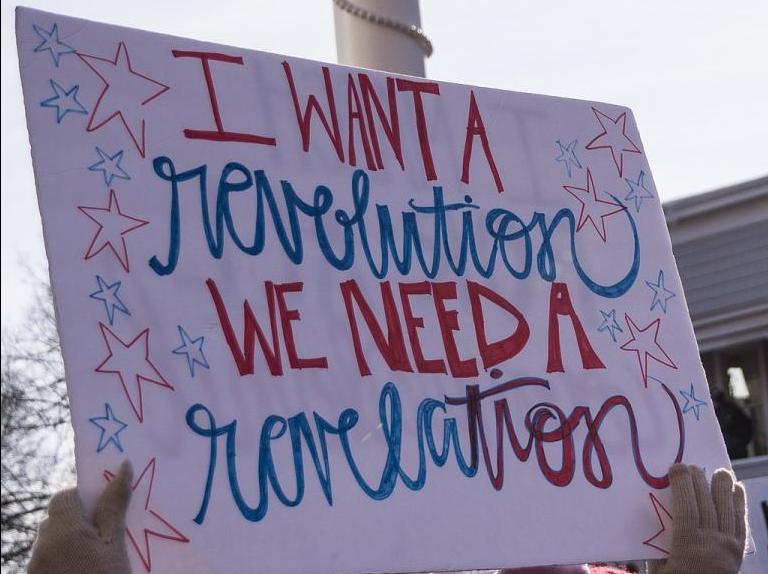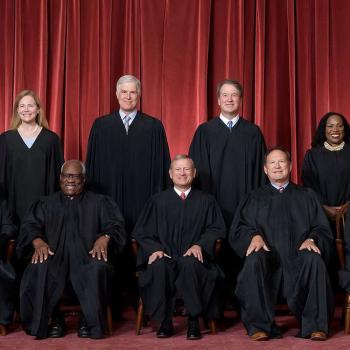Yesterday we blogged about the research of Eric Kaufmann, a Canadian professor of politics at the University of London, and his article The Great Awokening and the Second American Revolution. In that post, we focused on his research about what all American progressives wanted to change about their country, which turned out to include just about everything, including the Constitution and in some cases even the name of the country.
Today I want to focus on Prof. Kaufmann’s discussion of the prospect of a “Second American Revolution” and his sociological and psychological analysis of what is happening today, as many of our cultural elite turn against their own culture.
Here are some excerpts from his article (bolding what I think is most significant):
Statues toppled, buildings renamed, curricula “decolonized,” staff fired. The protests following George Floyd’s killing have emboldened cultural revolutionaries in America and Europe. The iconoclasts are changing minds, and could be in a position to enact a root-and-branch reconstruction of America into something completely unrecognizable to its present-day inhabitants. Imagine a country whose collective memory has been upended, with a new constitution, anthem, and flag, its name changed from the sinful “America” to something less tainted.
Prof. Kaufmann discusses the “social construction” of “harm,” how framing issues in a particular way can change the way they are perceived. He uses the example of the teenaged girl who wore a Chinese dress to the prom and got savaged for it on social media:
Is a white woman wearing a Chinese prom dress complimenting or insulting the Chinese? Most Chinese would probably take the former view, but a left-modernist ideological entrepreneur can spin this as cultural appropriation and white colonialism. In effect, the left-modernist socially constructs “harm” and “racism,” spinning something positive into a negative and seeking to sensitize Chinese people to the “fact” that they should feel insulted rather than proud. Those inducted into the religion of antiracism get the message and signal their virtue online, helping to propel people toward the new norm. If this were to catch on in China, the emotions Chinese feel when seeing the image of a white woman in a cheongsam would flip from pride to anger.
The same sensitizing dynamic works for history, literature, film, statues, and even words. Like Red Guards with a hair-trigger sensitivity for sniffing out the bourgeois, today’s left-modernist offense archaeologists outdo each other in trying to reframe the world as racist, sexist, homophobic, transphobic, ableist, and so on. Turning the principle of charity on its head, they insist on the most suspicious interpretation of a person’s motives when the subject matter is associated with their canonical totems of race, gender, sexuality. A Hispanic man flicking his fingers outside his truck window gets fired because this was photographed, tweeted, and spun as the “OK” white power sign. The result is an atmosphere where inter-personal trust is as low as humanly possible while discursive power flows to the accuser. The new cultural revolutionaries have constructed our emotional and conceptual reality.
Once “harm”, “racism” and other concepts become unmoored from reality, more of the world is remade. Statues which were long ignored become offensive. Complex historical figures like Jefferson or Churchill, who embodied the prejudices of their time, or elites like Columbus or Ulysses Grant, whose achievements had both positive and negative effects, are viewed through a totalizing Maoist lens which collapses shades of grey into black and white. If a historic personage transgressed left-modernist sacred values, their positives instantly evaporate and activists myopically focus on their transgressions.
The elevation of a principle like anti-racism into a sacred value which cannot be questioned by science means racism becomes impossible to measure, falsify, or bound. Psychologist Nick Haslam’s “concept creep” kicks in, the meaning of “racism,” “hate,” and “harm” expand out of all recognition, and suddenly everything and everyone becomes open to being smeared. Sacred totems like the proletariat or “Black and Indigenous People of Color,” and their demonic “other”—be this “bourgeois” or “white”—have no fixed meaning. As with “racist,” their definitions are fluid and political rather than based in the reality of measurable and statistically-unlikely clusters of values of variables, which is how scientists and ordinary people demarcate terms.














